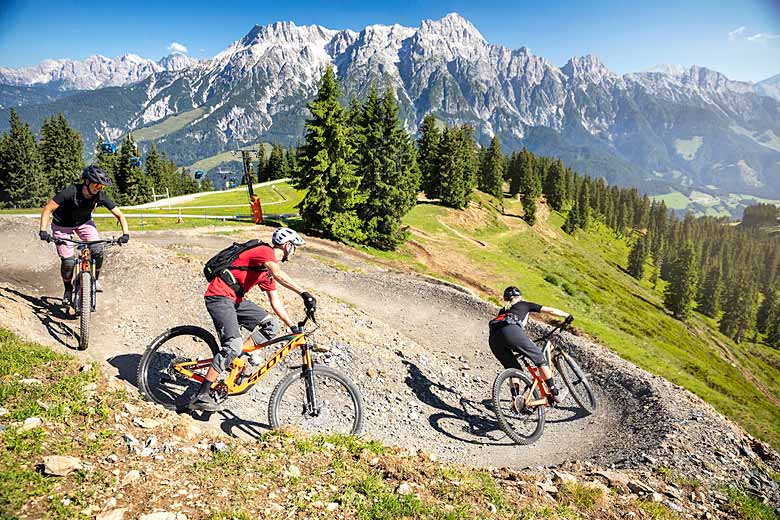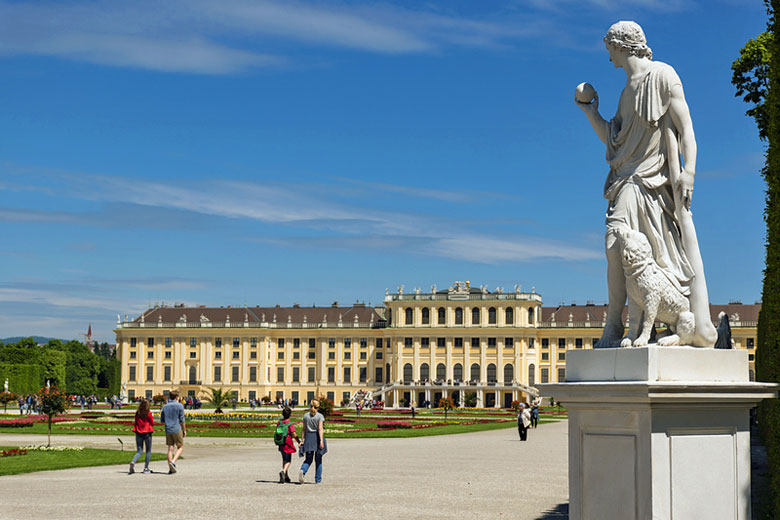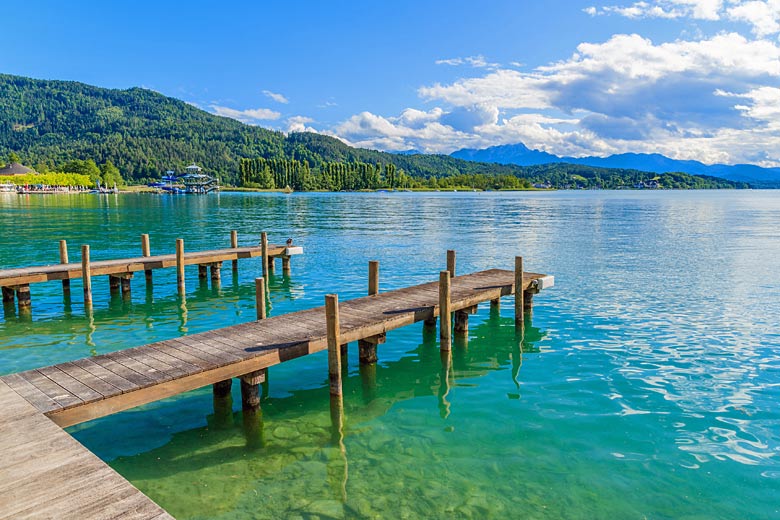- Save on trips down the Nile, Danube, Rhine & more
- Book river cruises for summer & winter 2025/2026
- Explore handpicked deals by season or river
Austria weather by month
Check out Austria weather averages by month. Compare detailed monthly climate statistics including temperature, rainfall and sunshine figures.
| Jan | Feb | Mar | Apr | May | Jun | Jul | Aug | Sep | Oct | Nov | Dec | |
|---|---|---|---|---|---|---|---|---|---|---|---|---|
| Maximum daytime temperature °F |  36 36 |
 39 39 |
 50 50 |
 61 61 |
 68 68 |
 73 73 |
 79 79 |
 77 77 |
 70 70 |
 59 59 |
 46 46 |
 37 37 |
| Hours of sunshine (daily) | ||||||||||||
| Days with some rainfall |  14 14 |
 13 13 |
 13 13 |
 12 12 |
 13 13 |
 14 14 |
 13 13 |
 12 12 |
 10 10 |
 9 9 |
 13 13 |
 14 14 |
More about Austria
Austria by month
Jan Feb Mar Apr May Jun Jul Aug Sep Oct Nov Dec
Recommended for Austria
The climate guide for Austria (Vienna) shows long term monthly weather averages processed from data supplied by CRU (University of East Anglia), the Met Office & the Netherlands Meteorological Institute. Find out more about our data sources.
Top Austria destinations
Below are average maximum temperatures at popular countries, regions and places in Austria for next month - August. Select a destination to see the climate guide for all months of the year.
All Austria regions
All Austria destinations
Metric (°C) | Imperial (°F)
Austria climate overview
The land-locked country of Austria lies at the heart of Europe. It was the epicentre of European culture during the 18th and 19th centuries, which is still reflected in the fabulous architecture and musical ancestry of Vienna and Salzburg.
The entire south and west of Austria is dominated by the Alps, with spectacular rugged peaks that are amongst Europe's highest. Extensive conifer forests cling to the upper slopes, giving way to deciduous woodlands of oak and beech. Below this are lush meadows with poppies and other wild alpine flowers. Embedded within the mountains nestle crystal-clear lakes and caves; the Eisriesenwelt Caves are the largest accessible ice caves in the world with frozen waterfalls adding to their unusual beauty.
Winters in the mountain regions can be bitterly cold with extensive snowfalls and snow-cover lasting usually from December to March. Summer temperatures are comfortable lower down the mountains but with the constant threat of afternoon thunderstorms. These are most prevalent over north facing slopes, which leave southern slopes much drier and sunnier.
The extreme east and the Danube valley in the north are the only low lying areas. In these regions there are fertile river valleys that support the bulk of the country's arable farmland. Wine is also grown throughout most of the northeast of Austria and in the south-eastern regions bordering Slovenia and Hungary.
Warm summer temperatures across the lowlands can trigger afternoon thunderstorms, but otherwise, summers are sunny. Winters are cold with frequent showers and low cloud or fog hanging in the air for days.
More about Austria
Compare Austria with the UK
Below the Austria chart shows average maximum daytime temperature for Austria (Vienna) and the UK (London).
Maximum daytime temperature (°F)
Metric (°C) | Imperial (°F)
Compare more Austria weather >>
Be inspired
Get your weekly fix of holiday inspiration from some of the world's best travel writers plus save on your next trip with the latest exclusive offers
We promise not to share your details
Related posts
Popular travel offers
Explore holidays in the sun for less
- Beach holidays
- Family holidays
- City breaks
- Summer holidays
- Winter sun holidays
- Holiday offers
- Top travel brands
- Airlines & flights
- Discount hotels
- Airport parking deals
- TUI
- Jet2holidays
- easyJet holidays
- Love Holidays
- January sales
Airport parking
- Manchester Airport
- Stansted Airport
- Bristol Airport
- Luton Airport
- Birmingham Airport
- Edinburgh Airport
- Gatwick Airport
- Glasgow Airport
- Newcastle Airport
Airport lounges
- Manchester Airport
- Birmingham Airport
- Bristol Airport
- Edinburgh Airport
- Glasgow Airport
- Heathrow Airport
- Newcastle Airport
- Stansted Airport
- Gatwick Airport

















 TUI River Cruises
TUI River Cruises




